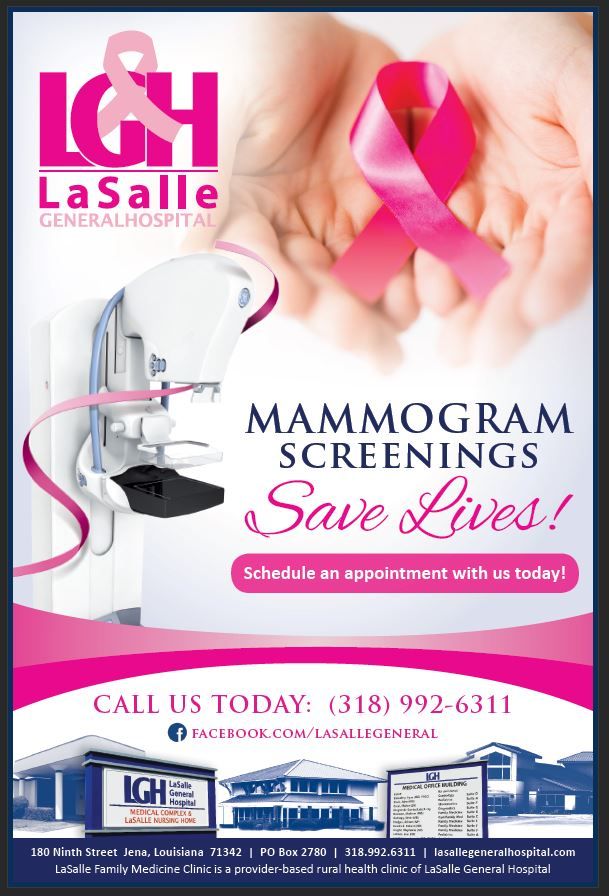LaSalle General Hospital’s Radiology Department is at the forefront of providing advanced imaging services. One such service that has garnered attention is 3D mammography. This article aims to answer common questions about this innovative procedure.
What is a 3D mammogram?
A 3D mammogram, also known as digital breast tomosynthesis, is an imaging procedure where an X-ray moves in an arc over the breast, capturing multiple images from different angles. These images are then synthesized by a computer into thin, 1-millimeter images, offering a more comprehensive view of the breast tissue.
How does a 3D mammogram differ from a traditional mammogram?
While a traditional 2D mammogram takes two flat X-ray images of the breast (from the top and side), a 3D mammogram captures multiple images from various angles. This allows radiologists to view the breast tissue in thin layers, making it easier to detect tumors.
What are the benefits of 3D mammography?
3D mammography can detect more cancers, especially in dense breast tissue. It also reduces the number of false positives and the need for callbacks, as overlapping tissue is less likely to obscure tumors.
Are 3D mammograms more accurate?
Yes, 3D mammograms are more accurate, particularly for women with dense breast tissue. They can detect tumors that might be hidden in 2D mammograms due to overlapping tissue.
How much does a 3D mammogram cost?
3D mammograms typically cost about $60 more than traditional 2D mammograms.
Are there any risks or side effects associated with 3D mammograms?
The risks are similar to 2D mammograms. However, when 3D mammography is performed alongside 2D imaging, there’s a slight increase in radiation exposure, though it remains within FDA-approved limits.
Where can I get a 3D mammogram near me?
You can schedule a 3D mammogram at LaSalle General Hospital’s Radiology Department.
Is the radiation exposure higher in 3D mammography?
When combined with 2D imaging, the radiation exposure is slightly higher. However, 3D mammograms alone provide a comprehensive view without additional radiation.
How long does a 3D mammogram take?
The procedure for a 3D mammogram is similar to that of a 2D mammogram. The exact duration can vary, but it’s generally a quick process.
What should I expect during a 3D mammogram procedure?
The breast positioning and compression are the same for both 3D and 2D mammograms.
Do insurance plans cover 3D mammograms?
3D mammography is widely covered by commercial insurance providers, Medicaid, and Medicare. However, it’s advisable to check with your insurance company before the procedure.
Are 3D mammograms recommended for women with dense breast tissue?
Yes, especially for women with dense breasts, as about 50% of women do.
How often should I get a 3D mammogram?
Yearly screening should start at age 40 for patients with an average risk for breast cancer. Those with certain gene mutations or a strong family history might start earlier.
What do the results of a 3D mammogram look like?
The results are a series of thin, layered images of the breast tissue, offering a detailed view.
Can a 3D mammogram detect breast cancer earlier?
Yes, 3D mammography can detect breast cancers earlier, especially in dense breast tissue where tumors might be obscured in 2D mammograms.
How do I prepare for a 3D mammogram?
Preparation is similar to a 2D mammogram. Ensure you don’t wear deodorant or talcum powder, and wear a two-piece outfit for convenience.
Are 3D mammograms painful?
Some women might experience discomfort due to breast compression, but the procedure is generally quick.
What is the difference between 3D mammography and breast MRI?
While both are imaging techniques, 3D mammography uses X-rays, whereas breast MRI uses magnetic fields and radio waves.
Are there any alternatives to 3D mammography?
Yes, alternatives include 2D mammography, breast MRI, and ultrasound.
What do I do if my 3D mammogram results are abnormal?
If results are abnormal, further tests like a biopsy might be recommended. It’s essential to consult with your healthcare provider for guidance.
3D mammography is a revolutionary advancement in breast imaging, offering a more detailed and comprehensive view of breast tissue. It’s especially beneficial for women with dense breasts, enhancing the early detection of breast cancers. For those interested in learning more or scheduling a 3D mammogram, visit LaSalle General Hospital’s Radiology Department.

